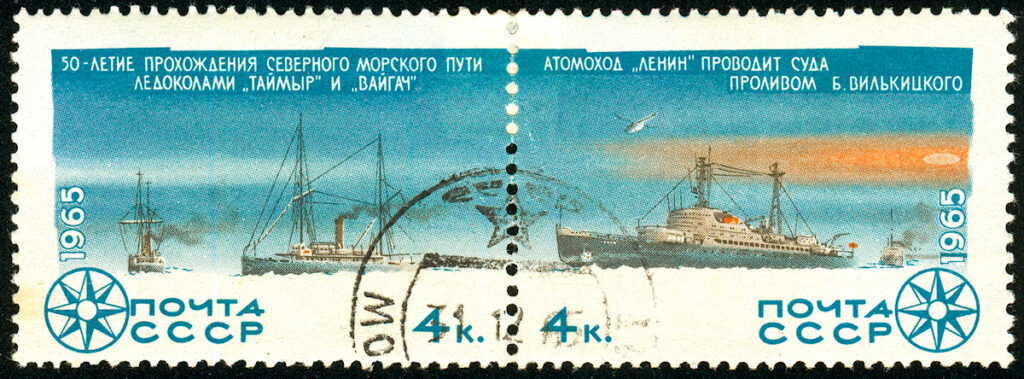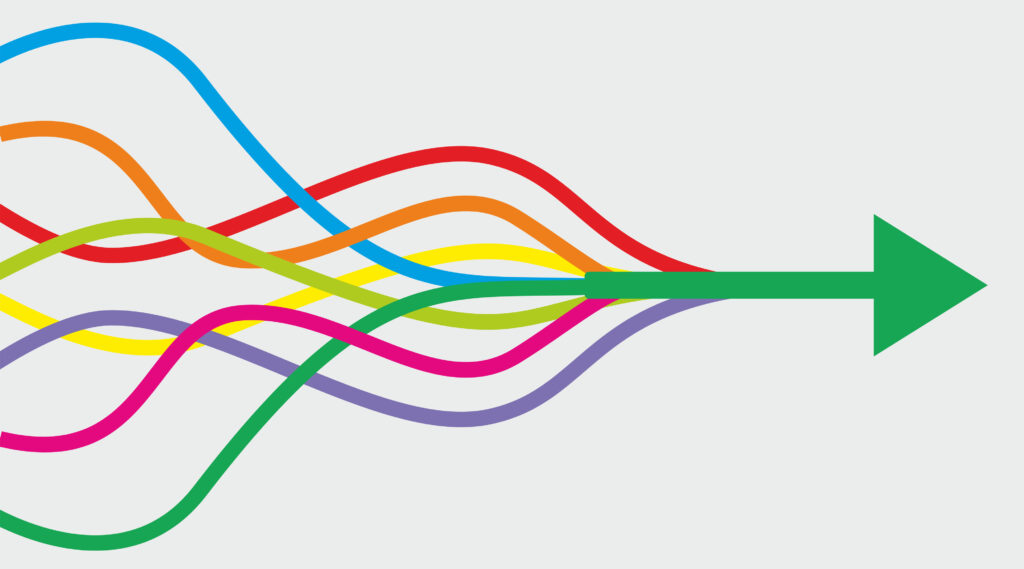Chapter Three
The Berlin Wall Falls, Germany Reunifies, Comecon Unravels, The Soviet Union Dissolves.
You can resist an invading army, but not an idea whose time has come.
Victor Hugo (1802-1885).
Poet, novelist, dramatist.
Chapter Highlights
As we will see in the following paragraphs, a widespread anti-communist mood was fermenting in Soviet vassal-states, each with entirely different historical dynamics. Still, there is no doubt that glasnost, perestroika and, separately, ‘step-change communications’ such as satellite TV broadcasting contributed to the fervour.
In Berlin, where West and East faced off physically (but through the wall) and in close proximity (a divided city), those in the East could see at close quarters the disparity in material well-being between themselves and West Berliners. In the context of events unfolding elsewhere in Eastern Europe, growing unrest in East Berlin led to the departure of the reviled East German leader Eric Honecker in October. What happened next sounds more like English farce than German precision. With the politburo in confusion, the propaganda minister on vacation and extremely mixed signals coming from Moscow, a dozy East German border guard ‘opened the doors of freedom’.
Following the breach of the Iron Curtain in Hungary and the increasingly overt ceding of Soviet hegemony in Eastern Europe, what became known as ‘The Peaceful Revolution’ took root in the German Democratic Republic (GDR), a series of violence-free initiatives, protests and demonstrations led by intellectuals and church figures and mirrored by vast numbers of people attempting to flee the country. In this context, the GDR’s first free parliamentary election took place in March 1990.
Following a fragile start, German reunification was ultimately a great success. It marked a significant turning point in the path of globalization and laid a strong foundation for creating the EU and its subsequent enlargement. Without the stability of this German powerhouse, the country scenarios outlined in the following paragraphs (Poland, Czechoslovakia, Bulgaria, Hungry, Romania, Yugoslavia, Albania) could have led to entirely different outcomes.
In short measure following these 1989 revolutions (often described as the ‘Autumn of Nations’) there followed the collapse of Comecon, the Council for Mutual Economic Assistance, an organization founded by Joseph Stalin in 1949 to provide an economic framework under Soviet Union leadership, primarily made up of member (satellite) states of the Eastern Bloc but also including several communist states elsewhere in the world, e.g. Vietnam. It was effectively an economic organization to ‘compete’ with Western equivalents and, for the most part, provided a degree of economic stability between the two ‘trade blocs’ (East and West) during the Cold War.
Comecon ceased to exist in the autumn of 1991, shortly followed by the end of the great USSR experiment in the same year. Under mounting pressure on multiple fronts, the Soviet Union dissolved in December 1991 as eleven nation-states declared their independence: Armenia; Azerbaijan; Belarus; Georgia; Kazakhstan; Kyrgyzstan; Moldova; Tajikistan; Turkmenistan; Ukraine; Uzbekistan.

The Cold War (round one), a complex interplay of ideology, political systems and the struggle for economic hegemony/supremacy was over, for the time being at least.
Following the collapse of Comecon – which had a global footprint – there was an air of triumphalism amongst ardent anti-communists and socialists more generally. But it must be acknowledged that the complex, long-term nature of geopolitical processes rarely comes to an abrupt end. Undercurrents of discord typically divert and fester, and ‘peace’ is almost always fragile and fractious.

These were heady days for scholars and practitioners engaged in the study of international business and especially for proponents of the virtues of liberal democracy.
And also for political scientists and philosophers trying to make sense of it all.
Please click/tap your browser ‘Back’ button to return to the location navigated from. Alternatively, click/tap the ‘The Long March of Globalization’ graphic below to navigate to the Ten Years… The Book page.
All content © Colin Edward Egan, 2022

